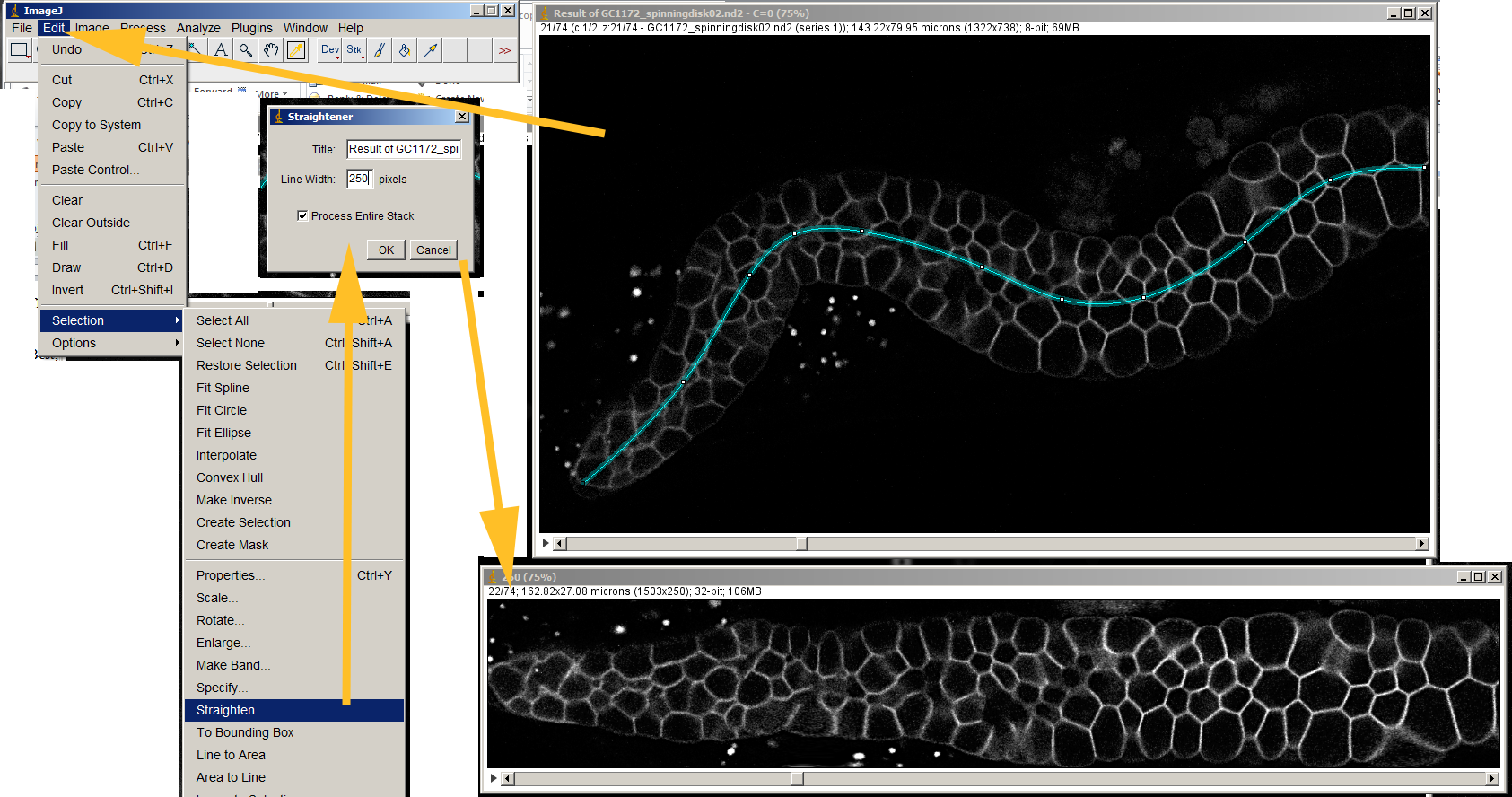
Imagej counter manual#
These manual approaches are laborious and time-consuming, whereas automated image analyses would facilitate a higher throughput and greater objectivity. ImageJ, a popular opensource image processing program, has previously been used to manually count cells (selecting and tallying individual cells) and assess wound closure (tracing the wound perimeter and calculating percentage closure). Of these, cell counts and the scratch assay are favorable methods due to their cost-effective and simple nature, with fewer steps and a reduced need for specialized equipment. Migration can be assessed by determining the number of cells that move across a microporous membrane (transwell migration assay) or by measuring the surface area that cells occupy over time after creating a ‘cell-free’ area (scratch assay). Proliferation can be quantified by measuring changes in DNA (via BrdU, 3H-Thymidine), metabolism (via MTT), proliferation-specific proteins (e.g., Ki-67) or simple cell counts (e.g., hemocytometer, TC20 ™).

Myoblast proliferation and migration are regulated by signalling molecules released from the extracellular matrix and resident/infiltrating cells such as macrophages and fibroblasts.


Following skeletal muscle injury, proliferation and migration of activated muscle stem cells (myoblasts) is crucial to ensure that sufficient progenitor cells reach the wound site and facilitate repair. These methods support high-throughput and deliver enhanced accuracy when compared to manual analysis.Ĭellular proliferation and migration are important processes during tissue development, repair and disease. Optimized automated methods to rapidly quantify proliferation and migration of adherent cells using ImageJ are presented.


 0 kommentar(er)
0 kommentar(er)
